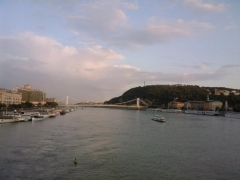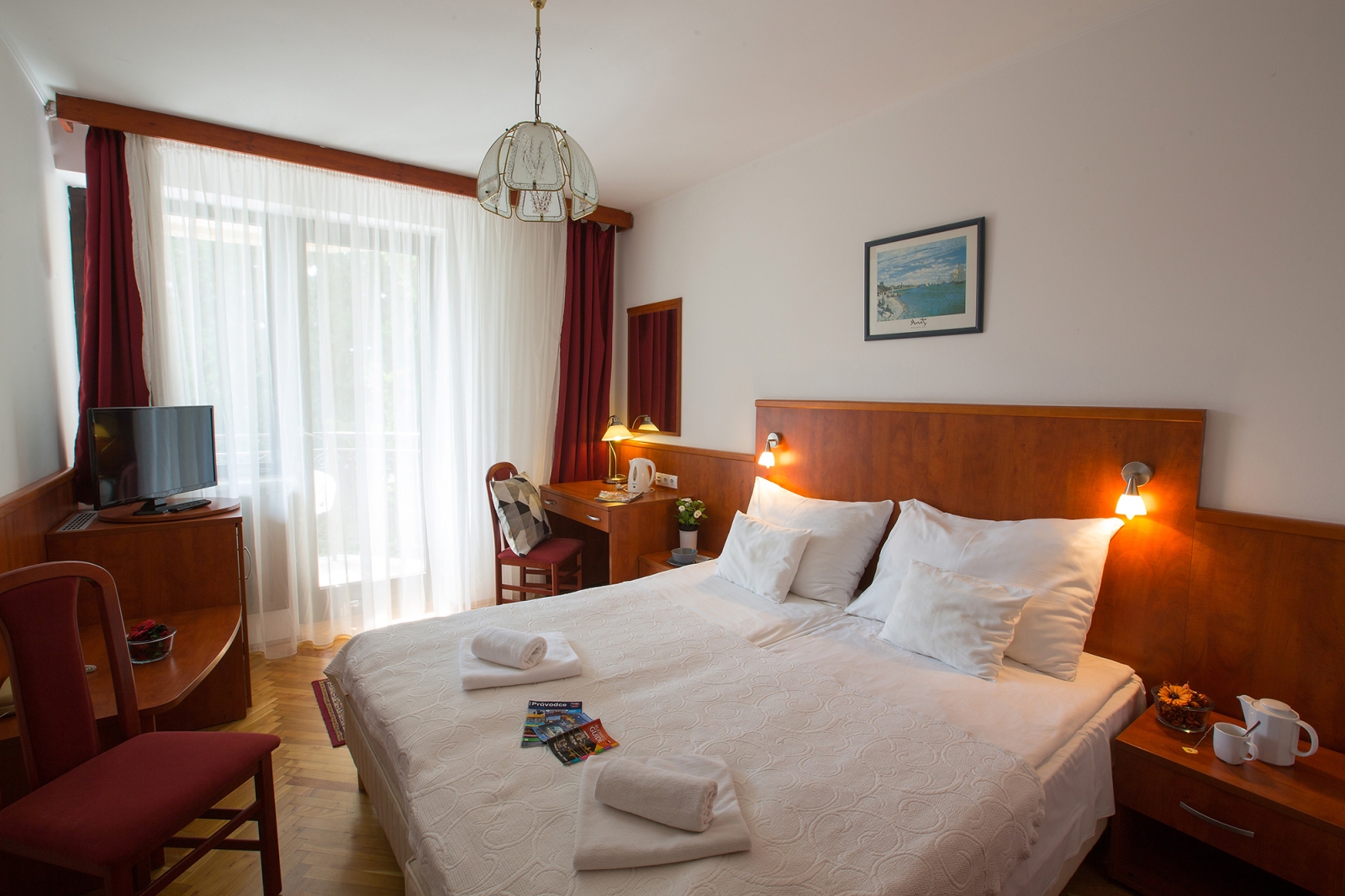Thanks to the favourable location of Budapest, the area was already inhabited in the prehistoric ages. The Celts built up a settlement at the territory of todays Óbuda.
During the first century, the Romans widened the border of their empire towards the Danube, and built up their military fortresses, Aquincum, in tudays Budapest area. Around the fortresses a city has developed, which remains can be found at todays Óbuda (stone roads, amphitheatres, bastions, and fortresses).
The Roman regime collapsed at the end of the 4 th century and during the migrations the area of todays Budapest became under Hun, Longobard and Avar rule.
The Hungarians occupied the Pest part of the city at the end of the conquest in the 9 th century. During the 11 th century, an important crossing place has developed at the foot of the Gellert-hill. At the end of the 12 th century, a settlement can be found in Óbuda, in Pest and around the Gellert-hill.
In 1241, the Mongols destroyed most of Pest and Óbuda. After the Tartars left the country, the Buda castle was built and during the 12 th century it became of great importance. Buda was the royal residence and citizen area, while Pest operated as a commercial centre.
In the 15 th century, during the rule of King Matthias Buda became the political, cultural and artistic centre of contemporary Europe. The Royal Palace was rebuilt, a library, a printing house and a college were opened.
From the 16 th century the city stood under the rule of the Turkish Empire, and became an Asian-type, Eastern city. Apart from the world famous Turkish Baths few remarkable monuments were raised during this period.
From the end of the 17 th century on Budapest was rebuilt step by step. The todays town hall and most of the baroque churches were erected during this period. The Royal Palace has been also renewed. Buda was the administrative, while Pest was the main industrial and commercial centre of the country.
At the first half of the 19 th century, Pest became the intellectual centre of Hungary. The development continued, the Chain Bridge was erected.
After the war of independence, The Compromise of 1867 the Hungarian-Austrian Monarchy was established and this had a very positive impact on the citys development.
In 1873 Buda, Pest and Óbuda united. Budapest developed, new bridges, parks, drains, public lighting, stone roads and underground. Before the end of the 19 th century Budapest with its 800,000 inhabitants became a metropolitan and the competed with the size and importance of Vienna. Pest turned to be the commercial, administrational, political and cultural centre of the country.
During the 2 nd World War most of the city was ruined or damaged, the bridges were all destroyed. Between 1942 and 1950 Budapest was rebuilt. In 1950 the number of inhabitants of the city has increased because the surrounding settlements were annexed to the capital.
In 1956, the entering Soviet troops made big destruction in some parts of Budapest.
Hungary was part of the Communist world until 1990. It is hard to find relics characteristic to the era, because after the transition the monuments and symbols of the regime were carried away. In the present we can find them at the border of the city in the so-called Memento Park.










































